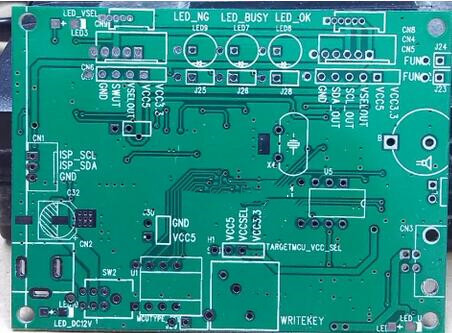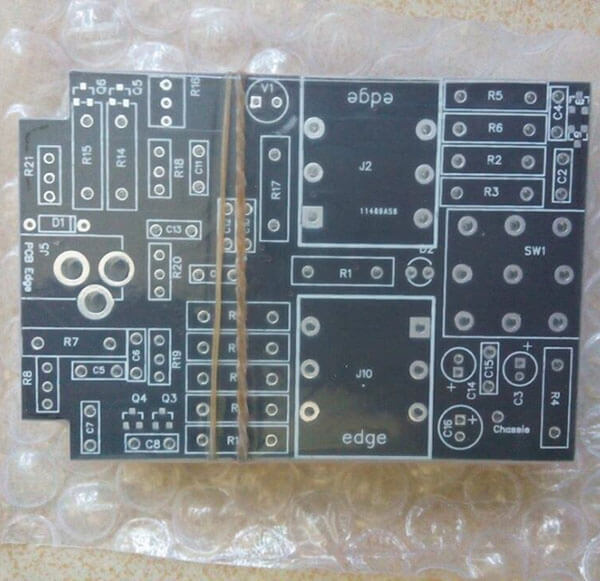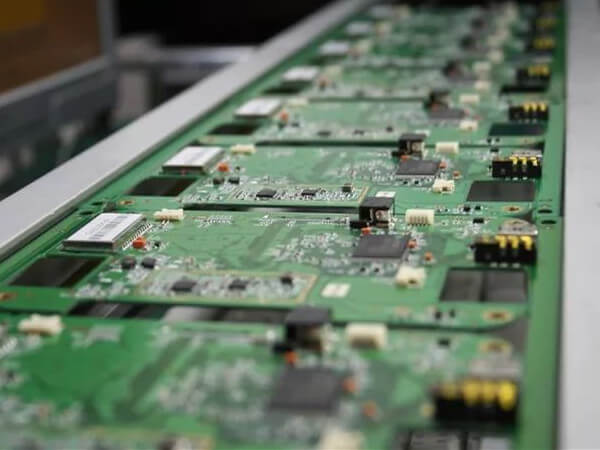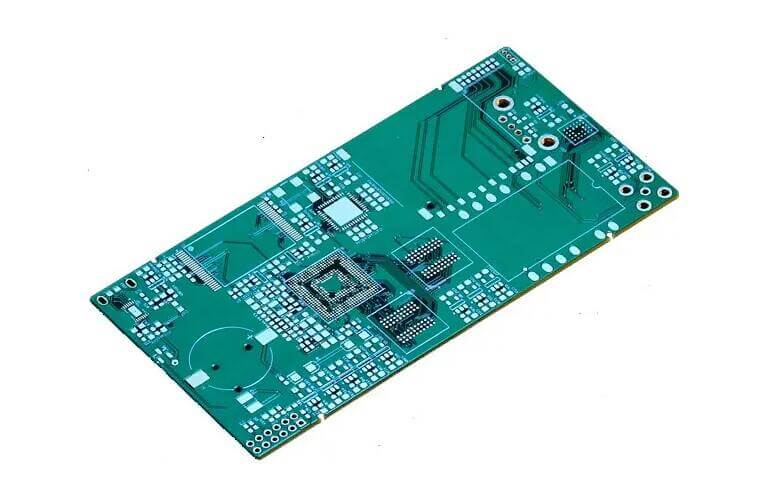We all know that the heat generated during the operation of electronic equipment causes the internal temperature of the equipment to rise rapidly. If the heat is not dissipated in time, the equipment will continue to heat up, the device will fail due to overheating, and the reliability of electronic equipment will decline. Therefore, it is very important to do heat dissipation on the printed circuit board.
What Cause The Temperature of PCB Rise?
The direct cause of PCB temperature rise is the existence of circuit power consumption devices.They have different levels of power consumption and the power consumption varies with the power consumption.
There are two phenomena of temperature rise in PCB. First is local temperature rise or large area temperature rise, second is short time temperature rise or long time temperature.
Thermal Power Analysis of PCB
Analysis of PCB Thermal Power Consumption in 6 Aspects
- Electrical Power Consumption: Analyze the power consumption per unit area & the distribution of power consumption on the PCB.
- The Structure of The Printed Circuit Board: The size & material.
- The Installation of Circuit Boards: Consider the installation method (such as vertical installation, horizontal installation); The sealing condition and the distance from the case.
- Thermal Radiation: The emissivity of the printed board surface; The temperature difference between the printed board and the adjacent surface and their temperature.
- Heat Conduction: Install the radiator; The conduction of other installation structures.
- Thermal Convection: Natural convection & Forced cooling convection.
Analysis of the above-mentioned factors of PCB is an effective way to solve the temperature rise of printed boards. The editor believes that these factors are often related and dependent on each other in a product and system.
Most of the factors should be analyzed according to the actual situation. And only for a specific actual situation, we can calculate or estimate parameters(such as temperature rise and power consumption) correctly.
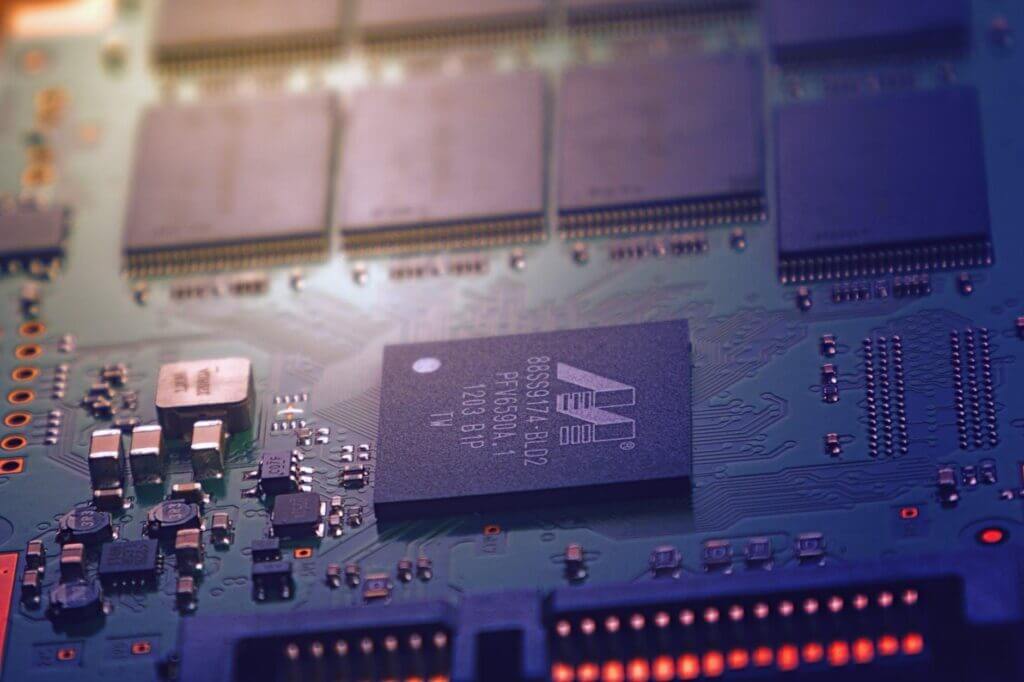
13 Methods to Dissipates Heat for Printed Circuit Board
- High Heat-generating Device Plus Radiator and Heat Conducting Plate
When a small number(less than 3) of components in the PCB generate a large amount of heat, a radiator or heat pipe can be added to the heating component. If the temperature cannot be lowered, a radiator with a fan can be used to enhance the heat dissipation effect .
When the number of heating devices is more than 3, a large heat dissipation cover (board) can be used. Which is a special heat sink customized according to the position and height of the heating device on the PCB or a large flat heat sink Cut out different component height positions.
The heat dissipation cover is buckled on the component surface as a whole, and it contacts each component to dissipate heat. However, the heat dissipation effect is not good due to the poor consistency of height during assembly and welding of components. Usually a soft thermal phase change thermal pad is added on the surface of the component to improve the heat dissipation effect.
- Heat Dissipation Through The PCB Board Itself
The currently widely used PCB boards are copper clad/epoxy glass cloth substrates or phenolic resin glass cloth substrates, and a small amount of paper-based copper clad boards are used. Although these substrates have excellent electrical properties and processing properties, they have poor heat dissipation. As a heat dissipation method for high-heating components, it is almost impossible to expect heat to be conducted by the resin of the PCB itself. But to dissipate heat from the surface of the component to the surrounding air.
As electronic products have entered the era of miniaturization of components, high-density mounting, and high-heating assembly, it is not enough to rely on the surface of a component with a very small surface area to dissipate heat.
At the same time, due to the extensive use of surface mount components such as QFP and BGA, a large amount of heat generated by the components is transferred to the PCB board. Therefore, the solution to heat dissipation is to improve the heat dissipation capacity of the PCB itself. It is in direct contact with the heating element and conduct it through the PCB board.
- Use Reasonable Wiring Design to Realize Heat Dissipation
Because the resin in the sheet has poor thermal conductivity, and the copper foil lines and holes are good conductors of heat. So I believe that increasing the remaining rate of copper foil and increasing the heat conduction holes are the main means of heat dissipation.
To evaluate the heat dissipation capacity of the PCB, it is necessary to calculate the equivalent thermal conductivity of the insulating substrate used by the PCB.
- Arrange Integrated Circuits Reasonably
For equipment that uses free convection air cooling, the integrated circuits (or other devices) are arranged vertically or horizontally.
- Devices Should be Arranged as Reasonably as Possible
Devices with low heat generation or poor heat resistance (such as small signal transistors, small-scale integrated circuits, electrolytic capacitors, etc.) are placed on the upper flow (entry) of the cooling air flow. The devices with large heat generation or good heat resistance (such as power transistors, Large scale integrated circuits, etc.) are placed downstream of the cooling air flow.
- Amplify Power Devices Reasonably
In the horizontal direction, the high-power devices are arranged as close to the edge of the printed board as possible to shorten the heat transfer path. In the vertical direction, the high-power devices are arranged as close as possible to the top of the printed board to reduce the influence of these devices on the temperature of other devices.
- Placement of Temperature-sensitive Devices
The temperature-sensitive device is placed in the temperature area (such as the bottom of the device). Never place it directly above the heating device. Multiple devices are arranged in a staggered horizontal plane.
- Research the Air Flow Path
The heat dissipation of the printed board in the equipment mainly relies on air flow. So the air flow path should be studied during the design. And the device or printed circuit board should be reasonably configured. When air flows, it always tends to flow in places with low resistance.When configuring devices on the printed circuit board, avoid leaving a large airspace in a certain area. The configuration of multiple printed circuit boards in the whole machine should also pay attention to the same problem.
- Avoid The Concentration of Hot Spots on The PCB
Distribute the power evenly on the PCB board as much as possible to keep the PCB surface temperature performance uniform and consistent. It is often difficult to achieve strict uniform distribution during the design process, but areas with too high power density must be avoided to prevent hot spots from affecting the normal operation of the entire circuit.
If possible, it is necessary to analyze the thermal efficiency of the printed circuit. For example, the thermal efficiency index analysis software module added in some PCB design software can help designers optimize the circuit design.
- Arrange The Power Consumption and Heating Devices
Do not place high-heating devices on the corners and peripheral edges of the printed board, unless a heat sink is arranged near it. When designing the power resistor, choose a larger device as much as possible, and make it have enough space for heat dissipation when adjusting the layout of the printed board.
- High Heat Dissipation Devices Should Minimize The Thermal Resistance Between Them When They Are Connected to The Substrate
In order to better meet the thermal characteristics requirements, some thermal conductive materials (such as a layer of thermally conductive silica gel) can be used on the bottom surface of the chip, and a certain contact area can be maintained for the device to dissipate heat.
- Connection Between Device and Substrate
Try to shorten the lead length of the device. When selecting high-power devices, the thermal conductivity of the lead material should be considered, and the cross section of the lead should be selected as far as possible. Choose a device with more pins.
- Package Selection of Device
When considering thermal design, pay attention to the package description of the device and its thermal conductivity. It should consider providing a good heat conduction path between the substrate and the device package.
There should be no air cut off in the heat conduction path. If this is the case, it can be filled with thermally conductive materials.

